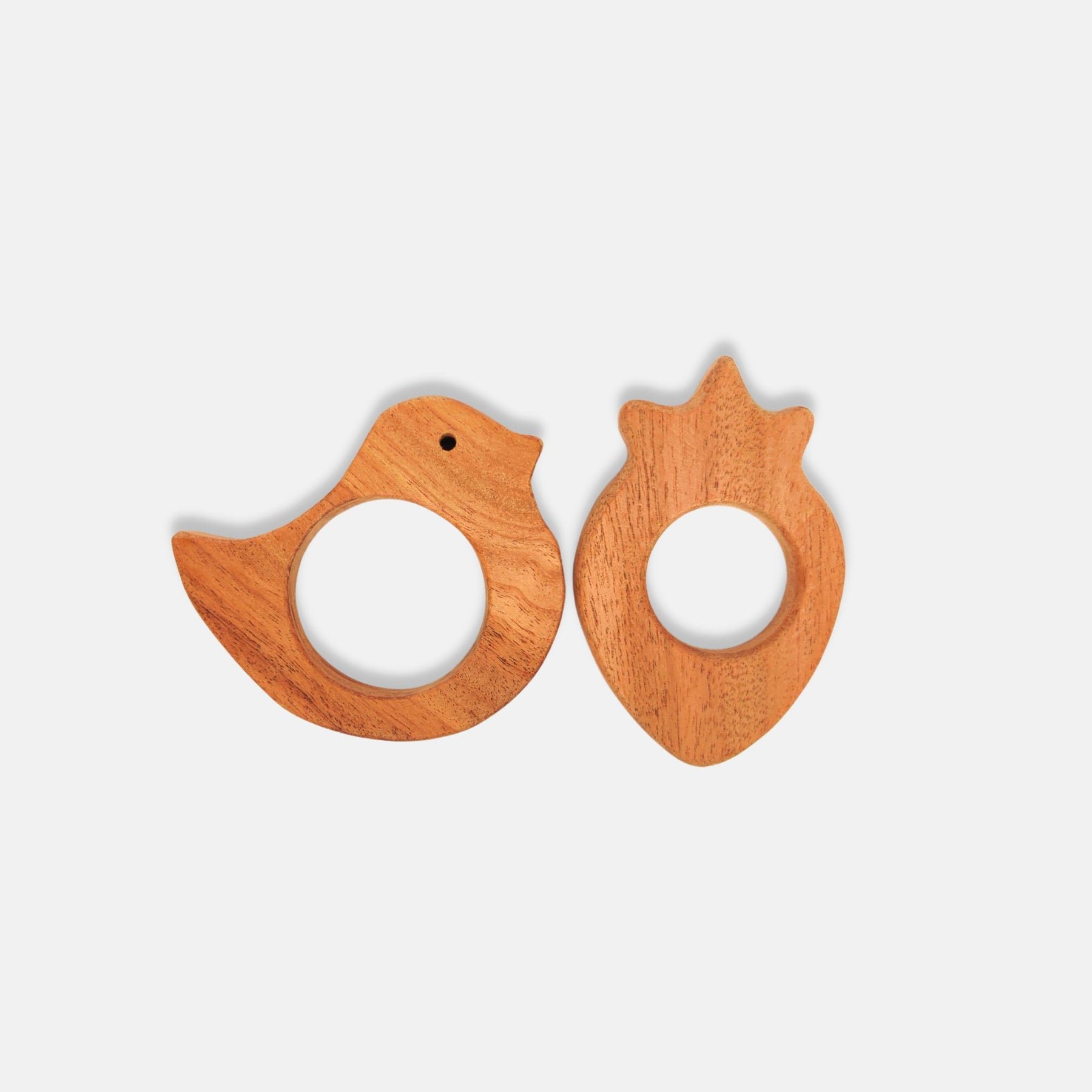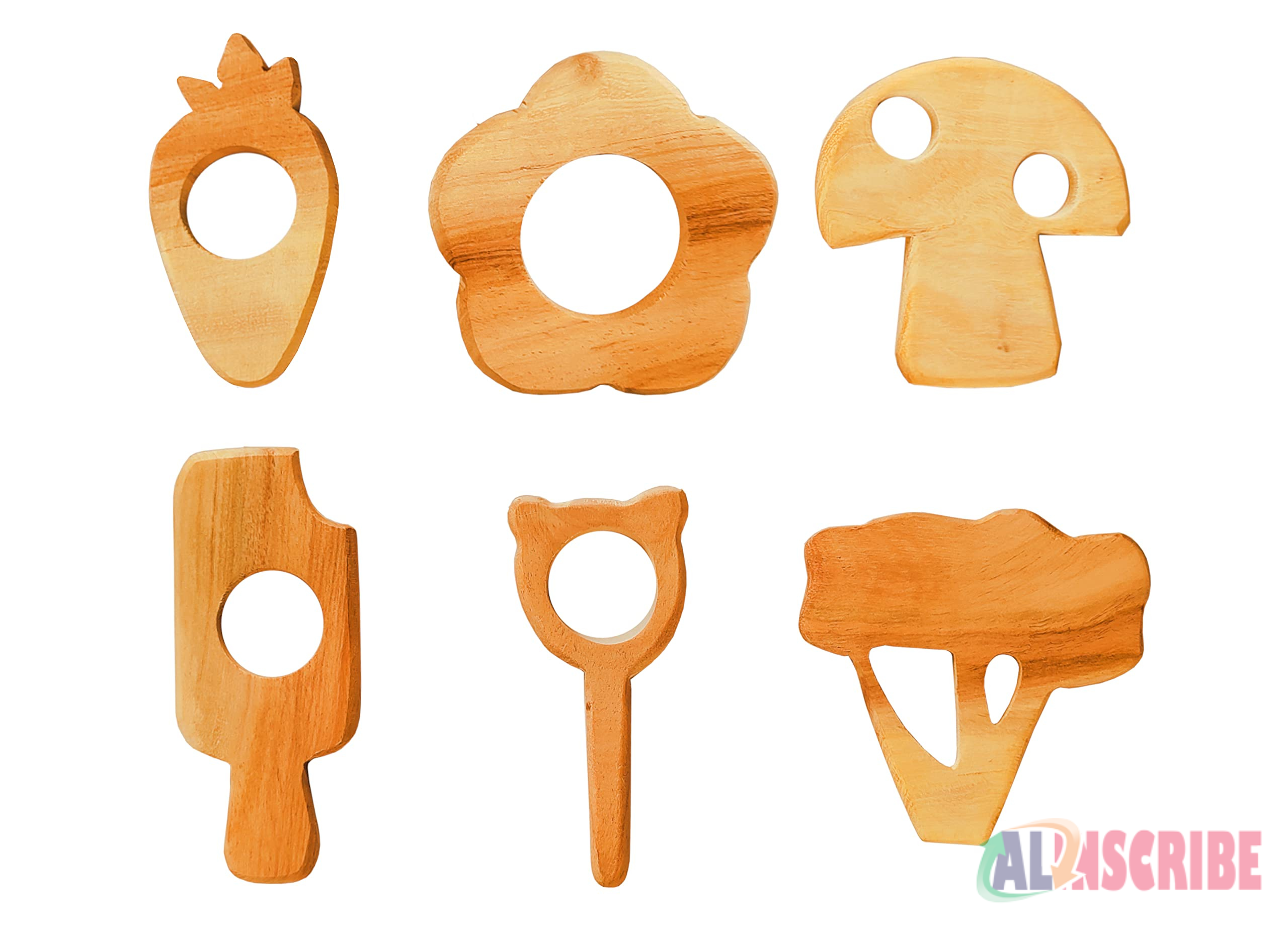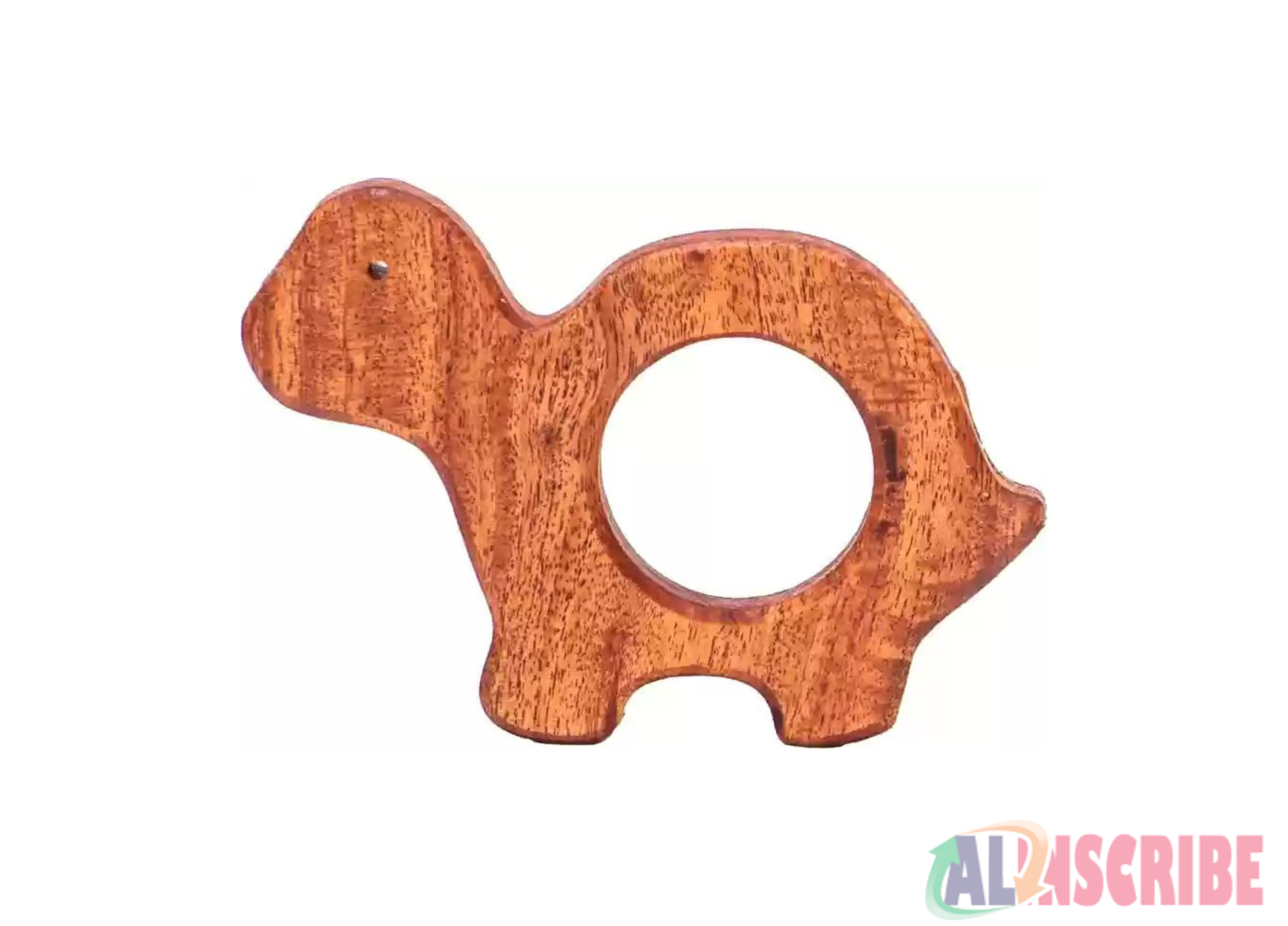Integrating Neem Wood Teethers Into Your Baby’s Developmental Playtime

The early years of a child's life are crucial for their development, and as parents, we're always on the lookout for products that contribute positively to this journey. One such gem that has gained popularity is the Neem Wood Teether. In this article, we will explore the various aspects of integrating Neem Wood Teethers into your baby's developmental playtime.
Introduction
Definition of Neem Wood Teethers
Neem Wood Teethers are natural, non-toxic teething options made from the wood of the neem tree. With its inherent antibacterial properties, neem wood provides a safe and eco-friendly alternative to conventional teethers.
Importance of Developmental Playtime for Babies
Developmental play is not just a fun activity for babies; it plays a crucial role in enhancing cognitive, sensory, and motor skills. Finding the right tools to aid this process is essential.

Benefits of Neem Wood Teethers
Natural Antibacterial Properties
Neem wood, known for its antibacterial qualities, ensures that the teether remains hygienic and safe for your baby's use. This natural attribute sets it apart from synthetic teething options.
Safe and Chemical-Free
Unlike some teething products that may contain harmful chemicals, Neem Wood Teethers are a chemical-free choice, providing peace of mind for parents concerned about their baby's well-being.
Soothing Effect on Gums
The natural hardness of neem wood provides a soothing effect on your baby's gums during the teething process. The texture also encourages tactile exploration, aiding in sensory development.
Incorporating Neem Wood Teethers into Playtime
Choosing the Right Teether
Selecting an appropriate neem wood teether involves considering the baby's age, preferences, and safety standards. Various shapes and sizes are available to cater to different developmental stages.
Engaging Sensory Play with Neem Wood
Incorporate the neem wood teether into sensory play activities to stimulate your baby's senses. This can include introducing different textures, colors, and shapes during playtime.
Ensuring Safety During Playtime
While neem wood teethers are generally safe, it's essential to monitor your baby during playtime to prevent any potential hazards. Regularly inspect the teether for wear and tear.
Neem Wood Teether DIY Ideas
Customizing Teething Toys
Personalize your baby's teething experience by customizing neem wood teethers. This not only adds a creative touch but also makes the teether more appealing to the child.
Introducing Educational Elements
Combine the functionality of a teether with educational elements. Attach small, safe objects that encourage tactile exploration or incorporate numbers and letters for early learning.
Neem Wood Teether Maintenance
Cleaning and Sterilization Tips
Maintain the hygiene of neem wood teethers by cleaning them regularly. Use mild, baby-safe cleansers and ensure thorough drying to prevent mold growth.
Storage Guidelines
Store neem wood teethers in a cool, dry place away from direct sunlight. This helps preserve the wood and ensures the teether remains in good condition.
Parental Tips for Successful Integration
Observing Baby's Preferences
Pay attention to your baby's reactions and preferences during playtime. This helps you tailor the play experience to suit their needs and interests.
Gradual Introduction to Playtime
Introduce neem wood teethers gradually into your baby's play routine. This allows them to become familiar with the teether and develop a positive association.
Monitoring Teether Usage
While neem wood teethers are safe, it's crucial to monitor usage. Babies can be unpredictable, and regular checks ensure the teether remains intact and hazard-free.
Addressing Common Concerns
Allergies and Sensitivities
Although rare, some babies may be sensitive to neem wood. Monitor for any signs of allergies and consult a pediatrician if you notice unusual reactions.
Teething Troubles
Neem wood teethers can alleviate teething discomfort, but individual experiences may vary. Be patient and explore additional soothing techniques if needed.
Sustainable Practices
Choosing neem wood teethers aligns with sustainable parenting practices. Embrace the eco-friendly aspect and contribute to reducing the environmental impact of teething products.
Neem Wood Teether Market Overview
Popular Brands and Varieties
Explore the market for a variety of neem wood teethers. Research popular brands known for quality and read reviews from other parents to make an informed choice.
Consumer Reviews and Recommendations
Tap into the experiences of other parents. Consumer reviews provide valuable insights into the effectiveness and durability of neem wood teethers.
Testimonials from Parents
Positive Experiences with Neem Wood Teethers
Listen to firsthand experiences from parents who have witnessed the positive impact of neem wood teethers on their baby's teething journey.
Impact on Baby's Developmental Milestones
Discover how neem wood teethers have contributed to achieving developmental milestones. From improved motor skills to enhanced sensory development, these testimonials provide a real-life perspective.
Comparative Analysis with Other Teething Options
Neem Wood vs. Plastic Teethers
Compare the benefits and drawbacks of neem wood teethers against plastic alternatives. Consider factors like safety, environmental impact, and durability.
Neem Wood vs. Silicone Teethers
Examine the differences between neem wood and silicone teethers. Each material has unique properties, and understanding them helps in making an informed decision.
Expert Opinions on Neem Wood for Teething
Pediatrician Recommendations
Consultations with pediatricians reveal insights into the safety and efficacy of neem wood teethers. Professional advice ensures you make choices aligned with your baby's health.
Child Development Specialists' Insights
Gain perspectives from child development specialists who provide insights into the developmental benefits of incorporating neem wood teethers into playtime.
Environmental Impact of Neem Wood Teethers
Biodegradability and Sustainability
Explore the eco-friendly aspects of neem wood. Its biodegradability contributes to a more sustainable future, reducing the environmental burden of teething products.
Reducing Plastic Waste
Choosing neem wood teethers is a conscious decision to reduce the consumption of plastic teethers, contributing to a healthier planet for future generations.
DIY Neem Wood Teether Crafting Guide
Step-by-Step Instructions
Discover the joy of creating your own neem wood teether with a simple step-by-step guide. Personalized teethers add a special touch to your baby's playtime.
Safety Measures for DIY Projects
Ensure the safety of DIY neem wood teethers by following essential guidelines. From selecting the right wood to avoiding small parts, prioritize safety in crafting.

Stories of Developmental Success with Neem Wood Teethers
Personal Anecdotes from Parents
Read heartwarming stories from parents who have witnessed their baby's developmental success with neem wood teethers.
Milestones Achieved During Playtime
Explore specific milestones achieved during playtime with neem wood teethers. From improved hand-eye coordination to language development, these stories highlight the positive impact.
Conclusion
Recap of Neem Wood Teether Benefits
Summarize the key benefits of neem wood teethers, emphasizing their natural properties, safety, and positive impact on developmental milestones.
Encouraging Parents to Explore Developmental Play with Neem Wood
Conclude by encouraging parents to consider neem wood teethers as a valuable addition to their baby's playtime. Emphasize the developmental benefits and the joy of creating memorable moments.
Article Comments
Articles Search
Sponsor
There are zero sub-categories in this parent category.
There are zero sub-categories in this parent category.
There are zero sub-categories in this parent category.
















